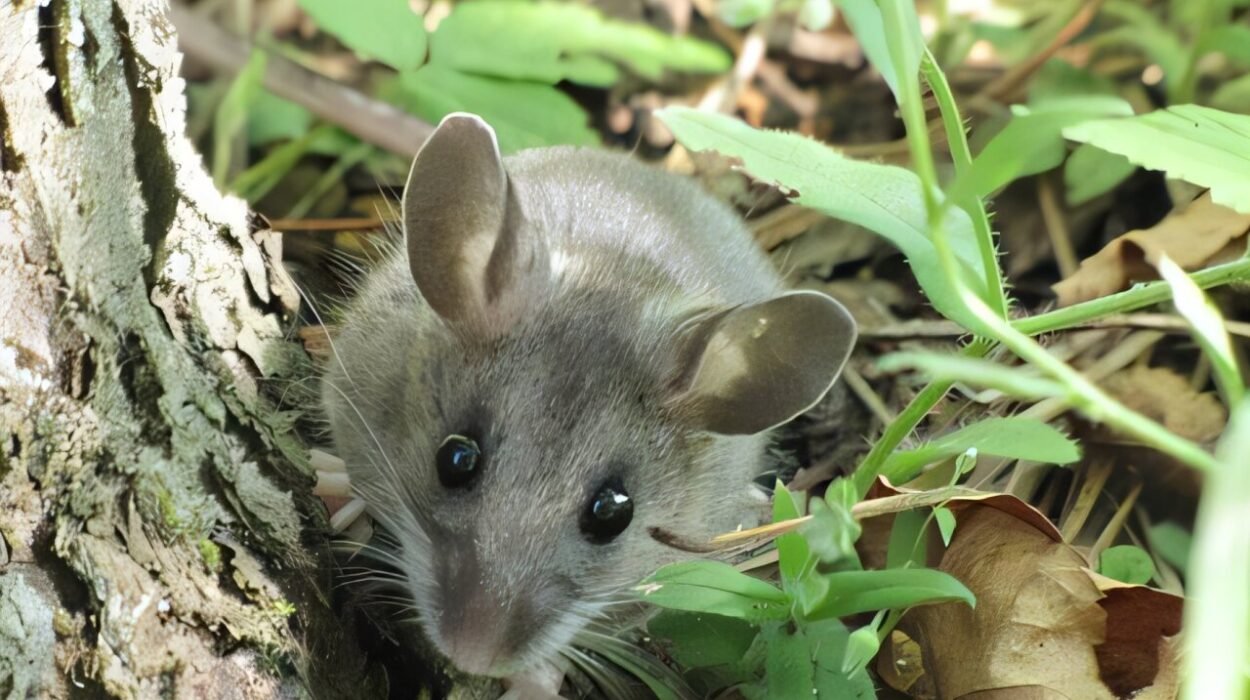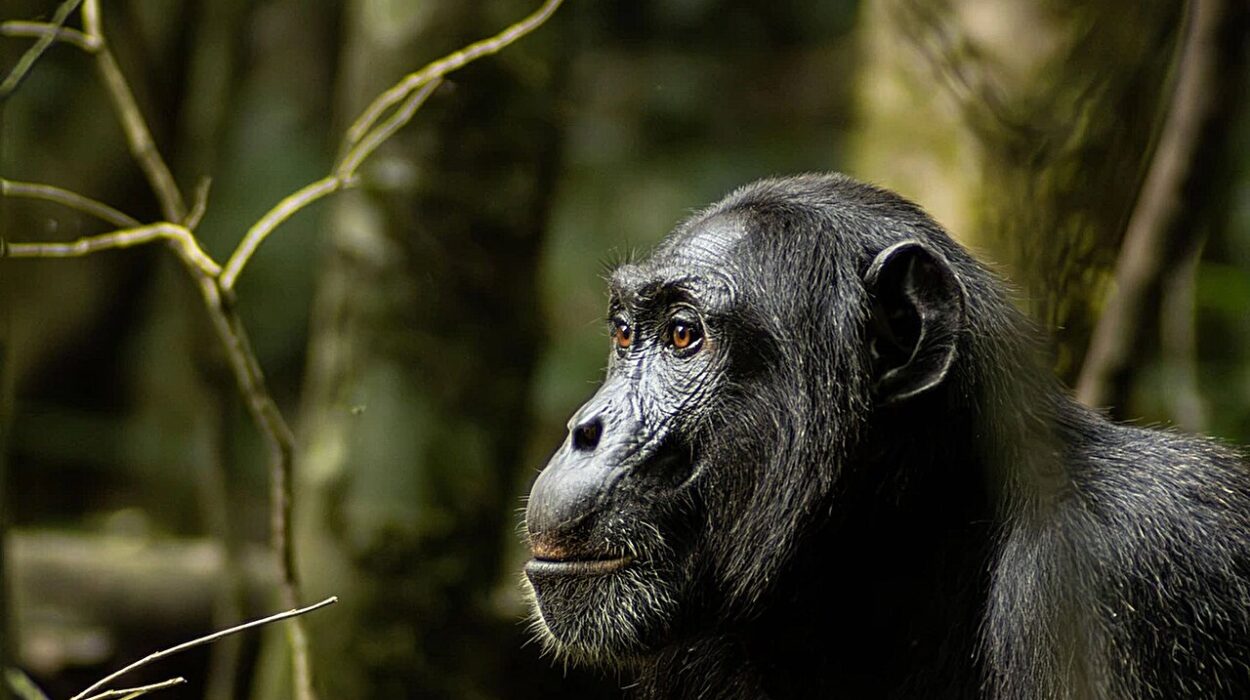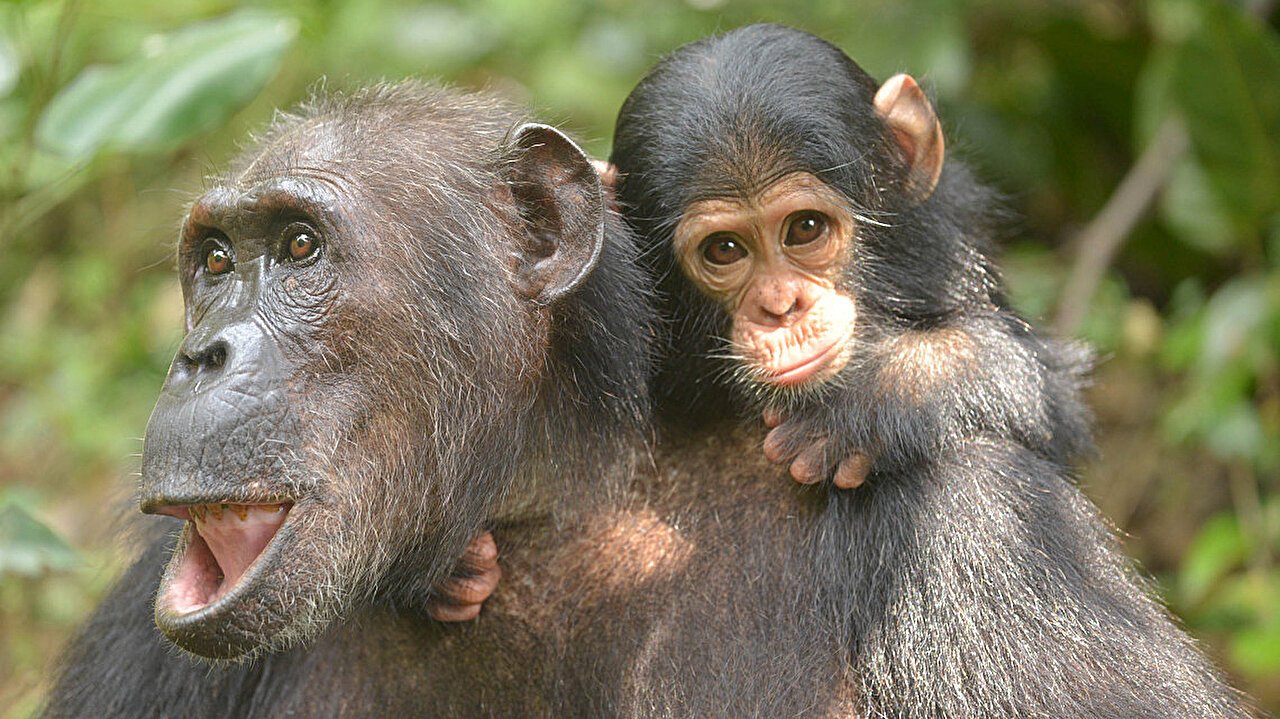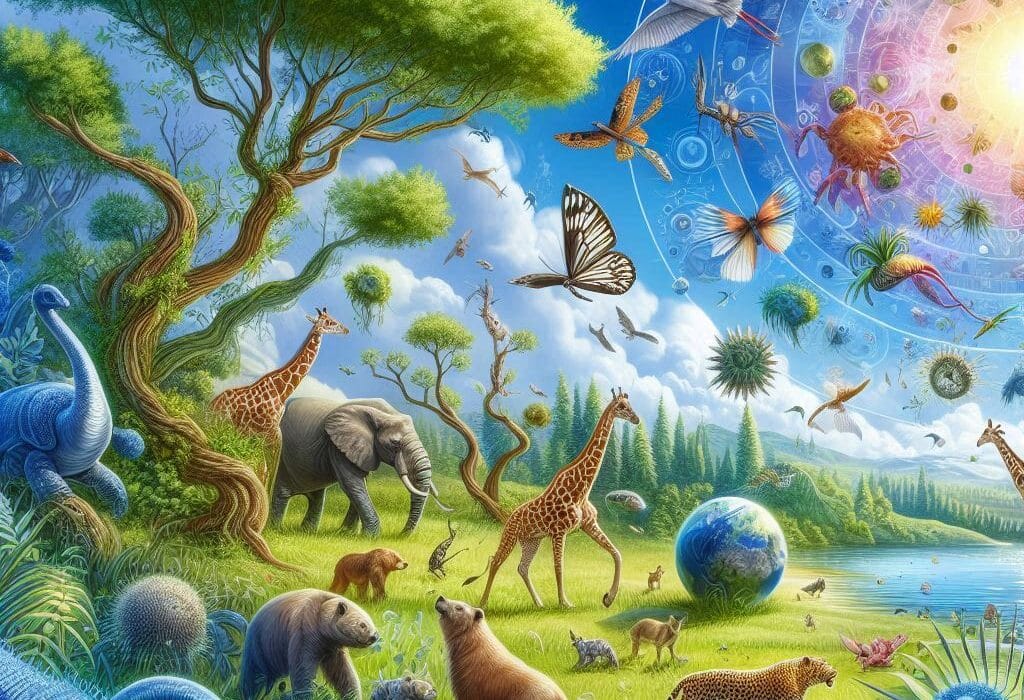Beneath the fallen leaves, under bark and soil, across the shadows of forest floors and city sidewalks alike, a strange intelligence pulses—alien yet astonishingly organized. Most of us walk past it without notice, never imagining that a few centimeters below, an empire hums. Here, in the dark, ants move with eerie synchronization, obeying no central commander, yet functioning as one body, one mind, one purpose. Ant colonies, long dismissed as simple insect communities, are now recognized by scientists as something profoundly different. They are superorganisms—coherent systems where thousands or millions of individuals operate like the cells of a single living creature.
This is not mere metaphor. It is biology. It is behavioral evolution. It is a story of how nature, through the slow grind of time, gave rise to minds without brains, armies without generals, and societies that rival our own in complexity. To enter an ant colony is to enter a living system that redefines what it means to be alive, intelligent, and cooperative.
A Body of Many Bodies
At first glance, an ant is a modest creature—fragile, segmented, and often overlooked. A single ant does not seem especially bright. With a brain smaller than a pinhead and no capacity for individual planning or foresight, it relies on instinct and chemical cues to navigate its world. Left alone, an ant might wander erratically, following trails of scent, bumping into barriers, and turning in circles. But something extraordinary happens when thousands of ants work together.
In a colony, these insects become parts of a greater whole. Their roles differentiate like specialized cells in a body—some ants gather food, others defend the nest, some clean, and others tend to the queen and her eggs. They are not acting on orders but responding to stimuli, pheromones, and environmental cues in a feedback loop that makes the entire colony behave as a singular, adaptive organism.
To understand this, imagine watching a human body in action. Muscles contract, eyes scan the horizon, the heart pumps faster in anticipation of movement. No one cell is “in charge,” yet the body moves with purpose. The brain coordinates, but it cannot act without the cooperation of trillions of individual cells. Similarly, an ant colony does not need a leader. It needs harmony—a delicate, emergent intelligence that arises from the interactions between individuals. The colony is not just a society. It is a body with many bodies.
The Invisible Architecture of Cooperation
One of the most remarkable features of ant colonies is the coordination of labor. Unlike human institutions, ant societies have no architects, blueprints, or foremen. Yet their nests are marvels of engineering—vast networks of tunnels, chambers, and ventilation shafts perfectly suited to the climate and needs of the colony. This self-organized construction occurs through a process known as stigmergy, where ants respond to traces left by others.
When a worker ant excavates soil, it leaves behind chemical cues that prompt other ants to do the same. As more ants pass through, the trail strengthens, attracting more labor. If an area becomes overused or unstable, the scent dissipates, and traffic shifts elsewhere. In this way, complex structures emerge from simple actions, much like how neurons fire in a brain to create thought, or how individual birds coordinate in murmuration without a leader.
The most fascinating part is that no ant knows the master plan—because there is none. The colony builds from the bottom up, not the top down. What looks like foresight is actually feedback. What seems like design is interaction. These principles have inspired algorithms in computer science and robotics, as researchers attempt to replicate nature’s blueprint for decentralized intelligence.
The Queen Is Not the Ruler
In popular imagination, the queen ant is the sovereign of the colony—a monarch issuing commands, reigning over her subjects with pheromonal authority. But this is a misconception born of human analogy. The queen ant does not rule; she reproduces. Her body is a genetic factory, evolved solely for the purpose of laying eggs, often in staggering numbers—sometimes thousands per day. She may live for decades in species like Lasius niger, while her workers may last only a few months.
Yet despite her vital role in reproduction, the queen is not a dictator. She does not tell other ants what to do. Her chemical signals, emitted from her body, serve more as status updates than commands. They inform the colony of her presence, fertility, and health. When she dies, her absence is felt in the changing pheromone profile, which triggers a cascade of responses. Workers may begin feeding select larvae with nutrient-rich food to produce a new queen. In some species, multiple queens may coexist, while in others, the colony disbands and fades.
The queen is not a general but a reproductive organ. The colony, as a superorganism, acts not through top-down control but through distributed, responsive coordination. It is a lesson in humility: that complexity does not always need hierarchy.
Collective Cognition Without Brains
Ants possess brains, yes—but they are rudimentary. An individual ant cannot plan, reflect, or understand cause and effect in the way we do. And yet, together, they solve problems that would stump many animals with far larger brains. They allocate resources, change behavior based on environmental shifts, launch organized attacks against invaders, and make decisions about where to move or how to defend the nest.
This cognitive power resides not in any single ant, but in the colony’s structure and dynamics. One of the most illustrative examples is collective decision-making during nest relocation. When a colony needs a new home—perhaps because of a flood or a predator—scout ants explore the environment. Upon finding a suitable site, a scout returns and uses tandem running (leading another ant to the location) or pheromone trails to recruit others. Multiple sites may be scouted simultaneously, and the colony “votes” through accumulation of ants at each site.
Eventually, one site reaches a quorum—a critical number of scouts—and the colony begins to move. It is a process akin to neurons reaching a firing threshold in the brain. The ants, in essence, perform a distributed computation, comparing options, adjusting responses, and converging on a decision without any ant needing to grasp the full situation. This emergent intelligence is not metaphorical. It is measurable, modelable, and astonishingly effective.
Warfare and the Hive Mind
Ant colonies do not merely survive; they wage war. In tropical forests, leafcutter ants march in military columns, carving paths through the underbrush, stripping foliage with surgical precision. Army ants swarm over prey with unstoppable ferocity, blind but hyper-aware, consuming everything in their path. In North American deserts, honeypot ants raid rival nests, kidnapping larvae to be raised as slaves.
These battles are not chaotic. They are orchestrated through pheromonal signaling and spatial coordination. Individual ants do not strategize, but the colony as a whole adapts. If one flank is overwhelmed, reinforcements are redirected. If an enemy nest is too strong, the attack may be called off. Tactics emerge from the interactions of thousands of ants responding to local conditions.
This form of hive intelligence is more than instinct. It is the result of millions of years of evolution fine-tuning behavior at the colony level. Natural selection has acted not just on individuals, but on the success of colonies. In many species, the fitness of the group outweighs that of any one member. Ants sacrifice themselves readily, their deaths meaningless in isolation but vital to the whole.
To watch an ant colony go to war is to witness a nervous system in motion, a flowing awareness that stretches across meters, even kilometers, all without a brain.
Agriculture, Slavery, and Civilization
Long before humans practiced agriculture, ants had mastered it. Leafcutter ants cultivate fungal gardens deep within their nests, feeding chopped vegetation to the fungus and carefully tending to its growth. They remove contaminants, weed out competing spores, and even use antibiotics produced by symbiotic bacteria to prevent disease. The fungus cannot survive without the ants, and the ants cannot digest leaves without the fungus. It is a co-evolved partnership—a domestication as ancient and intricate as any in human history.
Other ant species engage in herding. Aphid-farming ants protect their herds from predators and move them from plant to plant, harvesting sweet honeydew excreted by the aphids. The relationship is not always benign. Some ants mutilate the aphids’ wings to prevent escape. Others corral them underground like livestock. These ants do not build cities of concrete, but they build economies.
Still others engage in what can only be described as slavery. Polyergus ants raid the nests of other species, steal their pupae, and raise them to serve as workers. The kidnapped ants, upon maturing, tend to the needs of their captors without resistance, having never known another life. It is a chilling example of how evolution can shape behavior so deeply that freedom becomes irrelevant.
Civilization, it seems, is not ours alone. It wears many forms, many mandibles.
Death and Immortality of the Colony
No organism lives forever, and neither do superorganisms. But while individual ants die quickly, the colony can persist for decades. In some species, when the queen dies and no replacement is raised, the colony dwindles. In others, new queens emerge, take flight, and establish new colonies far from the parent nest.
In this way, the colony reproduces not by budding or splitting like a single organism, but by launching daughters into the world. Nuptial flights fill the sky with winged queens and males in a frenetic, airborne ritual of mating and dispersal. The males die soon after. The queens land, shed their wings, and begin the solitary process of founding a new empire.
It is a cycle of death and rebirth. The body perishes, but the genes live on—not just in the individuals, but in the collective. Each colony is a lineage, a river of memory encoded in DNA and behavior, carried across the landscape in waves of scent, instinct, and motion.
In this way, ant colonies achieve a kind of immortality—not as unbroken bodies, but as self-perpetuating minds.
The Superorganism’s Implications
Understanding ant colonies as superorganisms challenges us to rethink some of our deepest assumptions about life and intelligence. It suggests that cognition does not require a central brain, that order can arise without leadership, and that individual purpose may dissolve into collective function. It forces us to confront the possibility that our own societies, too, have emergent properties—that civilization itself might be a kind of thinking body we only partly understand.
It also reveals the fragility of that system. When a colony is disrupted—by habitat destruction, pesticides, climate change—the superorganism falters. Like severing a nerve or removing an organ, the damage ripples through the whole. The collapse of an ant colony may seem insignificant, but when billions of such systems vanish, ecosystems suffer. Ants are seed dispersers, predators, scavengers, and soil aerators. They are not just curiosities of nature; they are its engineers.
To protect them is to protect a part of the planet’s thinking heart.
A Final Note Beneath the Soil
In the end, perhaps the most remarkable thing about ant colonies is how they teach us humility. We tend to see ourselves as the pinnacle of evolution—tool-makers, language-users, masters of reason. But beneath our feet, there exists a civilization just as old, just as adaptive, and in many ways, more cohesive than our own. It is a world of scent and touch, of decentralized brilliance and quiet cooperation.
The superorganism does not speak. It does not dream. But it acts. It adapts. It endures.
And when we look closely, not with disdain or dominance, but with wonder, we see ourselves reflected—not in form, but in function. We, too, are collections of cells, wired into networks, part of something greater than any one of us.
In the ant colony, nature whispers a secret: that unity does not need command, that purpose can arise from connection, and that intelligence is not the privilege of the lone mind, but the property of many minds, working as one.






